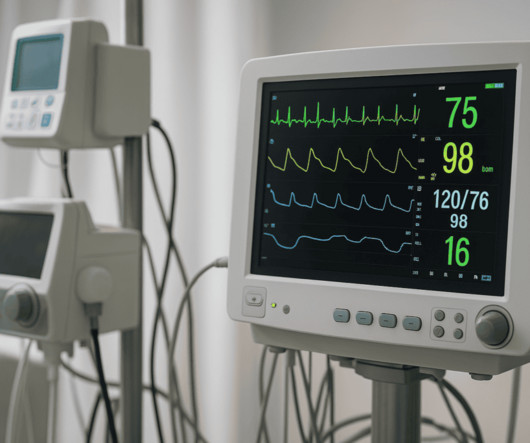Top Considerations for EHR Software Requirements
Arkenea
JUNE 10, 2025
Coordinate Care: An EHR system helps healthcare providers to access recent data from patients’ charts in times of emergencies or after hours clinic. EHR Software Requirement Essentials EHR software requirements include security certifications, mode of deployment, data management, performance reporting, and more.













Let's personalize your content